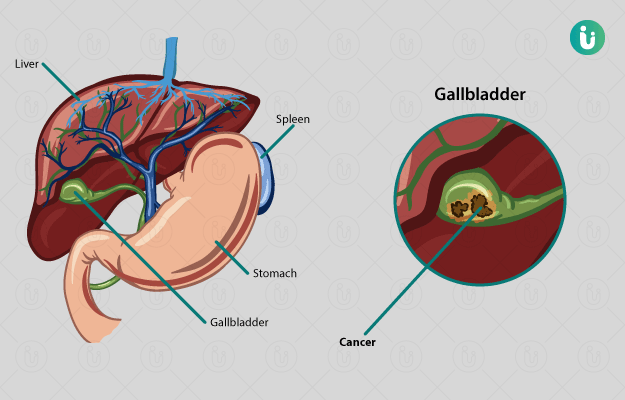The gallbladder is a small pouch-like organ located in a notch like space on the undersurface of the liver. Its primary function is to store bile that is introduced into the intestine, by the connecting bile duct, to digest fats present in the consumed food. The gallbladder wall is composed of layers, innermost to outermost being epithelium, lamina propria, muscularis, perimuscular tissue and serosa. The gallbladder also produces some mucus with the help of the glandular tissue. Most commonly, cancer of the gallbladder arises in the glandular cells of the organ and is a type of adenocarcinoma. Gallbladder cancer usually has an insidious onset, can go undetected until it reaches an advanced stage and has an overall poor prognosis.
(Read more: Homeopathic Treatment, Medicines, Remedies for Cancer)

 Doctors for Gallbladder Cancer
Doctors for Gallbladder Cancer 




























